By Glenn Folkvord
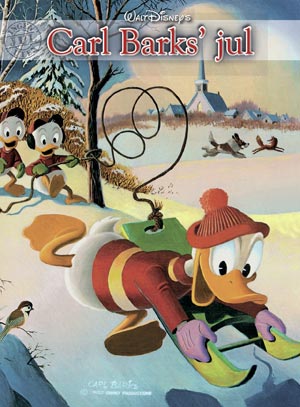
It’s okay to ask the question: what makes these advent comics so special?
Traditionally published in a wide format, modern day Christmas comics include special issues of new comic franchises such as goth girl Nemi (a popular Norwegian monthly) as well as reprints of nostalgic classics. There are even new adaptions of old movies or characters, such as Grandma and the Eight Children and private detective Varg Veum. This year, about half of the 50 Christmas specials feature Norwegian franchises, but American comics remain well represented, with various Disney titles making up half a dozen. Since 2005, Carl Bark’s Christmas has offered cleaned-up reprints of the Disney maestro’s seasonal classics, while other franchises imported each Christmas include Popeye, Tom & Jerry, Calvin & Hobbes, Blondie and Hägar the Horrible, whom are all previously known to generations of Norwegians as newspaper strips, weekly magazine strips, or periodical comic books.
There are almost no rules that govern the content of Christmas special comics. Relevance to the holiday is not an issue. Reprints of the Belgian Wild West comic Silver Arrow (1970s-1980s) or the Norwegian science fiction comic Engineer Knut Berg (1941) have nothing to do with Christmas and everything to do with nostalgia and tradition.
One-shots adapted from other media appear too; in 2011, the Czech movie Three Wishes for Cinderella (1973) was re-told in its own photo-comic. Even though the movie is not about Christmas, it has aired on Norwegian TV every Christmas Eve for 39 years with a single, deep voiced actor dubbing all the dialogue, a tradition that spawned a Christmas magazine of its own. Non-comic annuals are also tested. This year, actor-singer Herborg Kråkevik released Christmas Roses, a collection of essays and artwork created by some of Norway’s most prominent authors and painters. Christmas Roses reboots an old literary annual that was originally published from 1882 to 1944. A one-shot from last year, the magazine version of Oddgeir Bruaset’s popular TV documentary Where Nobody Thought Anyone Could Live (yes, that is the title of the series that has aired since 2002), got a sequel this year. It too is not a comic, but a holiday revisit to the places and people Bruaset met in his TV series.
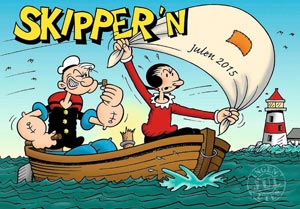
Throughout the following decades, demand was strong enough to develop a small but healthy Norwegian comics scene, resulting in the creation of annuals that still exist today, such as Nils and Blåmann (1927), Buttercup (1938), Vangsgutane (1940) and Tuss & Troll (1945). Around World War II, the focus of Christmas annuals changed to Norwegian editions of imported franchises. You may not have thought of Tarzan and The Flintstones as typical Christmas entertainment, but the Norwegians had other ideas. Today, American comics like Bringing up Father (a Christmas annual since 1930) and Blondie (since 1941) are still published as Christmas annuals in Norway, even though they are no longer parts of the American zeitgeist. The creation of television challenged printed entertainment, but as Norway only had one TV channel until the 1980s, the habit of buying Christmas comics remained, not only among children but also for adults who had grown up with Christmas comics as part of the festivities.
In the 21st century, interest in the Christmas annuals has reached new peaks thanks to contemporary homegrown comics. In its two best years, 2011 and 2012, as many as 60 different annuals were released. Unfortunately, the publishers found that that was too much of a good thing. A reduction was agreed upon, and this year a total of 50 titles are being rolled out, with the dominating publisher Egmont releasing 35 of them. With total sales of about 1.3 million, the two or three best sellers reach print runs of 160 – 190.000 copies, such as the army based 91 Stomperud, about private Stomperud’s attempts to go home for the holidays. 91 Stomperud is the oldest Norwegian produced comic that is still getting new stories produced; it was first published in Norway in 1937. Many of the annuals are printed in quanties of tens of thousands, outselling most of the regular comics that come out the rest of the year. These days, more adults than children read the annuals, and with the large variety on offer, there is something for everyone’s taste.
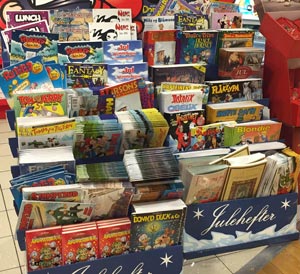
Haakon W. Isachsen is one of Norway’s biggest experts on comics and Christmas magazines. Not only has he authored two books on the subject, he is also Egmont‘s chief product segment editor. He argues that Christmas annuals are still an important part of Norwegian popular culture:
“Today nearly half the titles are created by Norwegian comic artists. Even though the specials don’t carry the same weight and significance in the national consciousness as they once did, I still think they are important. In a media reality that is more and more global, with products honed for an international market, where any and all signs of local culture, society and tradition is chipped away, the Norwegian Christmas magazines play a part in upholding Norwegian culture and traditions. That goes for both newer titles like Pondus and Grandma and the eight children, and of course the older titles.”
Isachsen is the author of this year’s Flåklypa comic, and with a lot of bias he lists it as one of his favorites. He also recommends Varg Veum, another special he worked on: “It is well made, it is Mike Collins’ best work so far this year, and I also like it because it upholds the dwindling tradition of epic stories as opposed to humorous strips in the Christmas specials.”
Comic book creator and critic Roy Søbstad thinks Norway’s new comic artists changed the game and helped solidify the tradition:
“The Christmas comic books traditionally consist of recycled old strips and stories. But in later years, creators like Børge Lund with his comic Lunch and Torbjørn Lien, who authors Kollektivet, have made special seasonal stories, and old characters like Stomperud and Vangsgutane have gotten much needed reboots. In some cases that makes them worth picking up also for readers like me, who, to be honest, lost interest years ago. For the future, however, I would like to see the publishers take more chances. I am sure there are quite a few comic creators who would really would enjoy coming up with new concepts. And hopefully there will be an audience for new Christmas concepts too.”
One of the newest comics making a huge impact on the annuals phenomenon is Flåklypa‘s first foray into the comic medium. Flåklypa is a series of books, stories and characters by Kjell Aukrust (1920 – 2002), one of Norway’s most beloved authors and illustrators. The franchise, which has been around since the 1950s, deals with the adventures and demeanors of some very Norwegian characters, famously adapted in the 1975 stop motion-animated feature film Pinchcliffe Grand Prix. The first ever Flåklypa comic was a Christmas annual in 2004, a premiere that coincided with a whole wave of new Norwegian comics emerging in the late 1990s, early 00s. In addition to the mentioned Torbjørn Lien and Børge Lund, artists such as Frode Øverli (Pondus) and Lise Myhre (Nemi) ushered Norway’s comics scene into a second golden era. In less than 10 years, Norwegian comics got hotter than ever and reinvigorated interest in comics among young and older adults. It has been a while since comics were the preferred medium for entertainment, but apart from establishing a contemporary Norwegian comics scene worth speaking of, these new authors have also revitalized interest in Christmas comics over the past 10-15 years.
For a long time, comics were seen as second rate entertainment for children in Norway and around the world. Today though, to a large extent thanks to Christmas comics being bought, read and enjoyed by the generations that grew up on comics in past decades, the art form is more respected. Academic attention and heavy newspapers contribute to the recognition of the medium, as does the fact that local comics outsell foreign titles all year round- Pondus‘ montly edition is Norway’s biggest selling magazine of any kind throughout the year. While action and superhero comics virtually went extinct in the 1980s and 90s and former imported hits such as Donald Duck dropped 80% in sales, the popularity of Christmas annuals were never threatened. For some, the annuals are a way of adding reprints of long lost classics to their collections, or simply an excuse to relax on the couch. However, for many Norwegian adults, the Christmas annuals are the only comics they still buy and read, even though the custom often is attributed to pure nostalgic memories from a time when comics was a natural part of the cultural diet. Thousands of Norwegians will simply not get into the Christmas spirit without reading the somewhat silly, old and non-Christmasy stories in Snuffy Smith or Beetle Bailey. One of the appealing sides of Christmas seems to be that some things are just the way they always were. When Stomperud eventually makes it back home, deep in the country, far away from drill grounds and colonels and other problems, Norwegians too feel they are home on the farm.


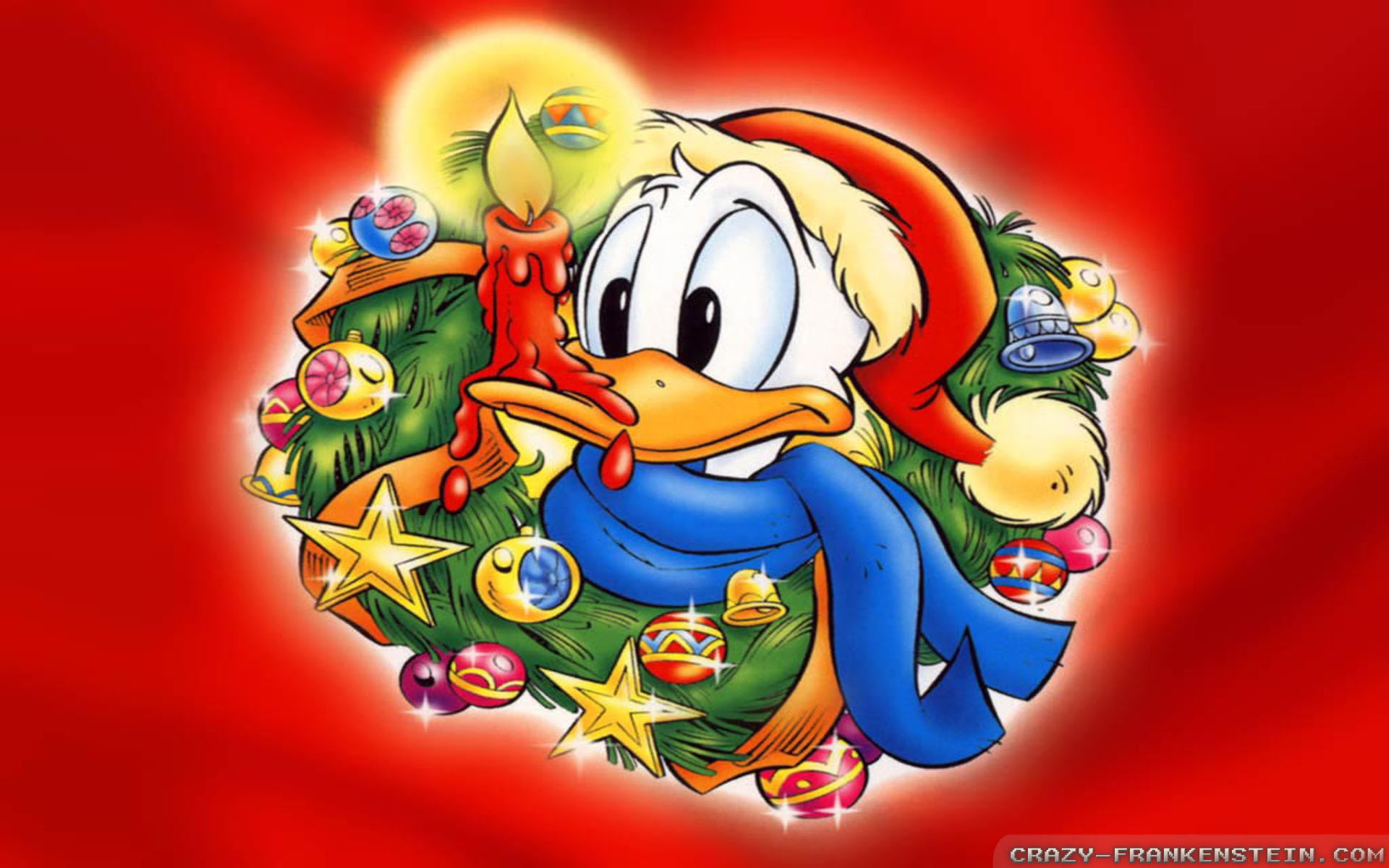
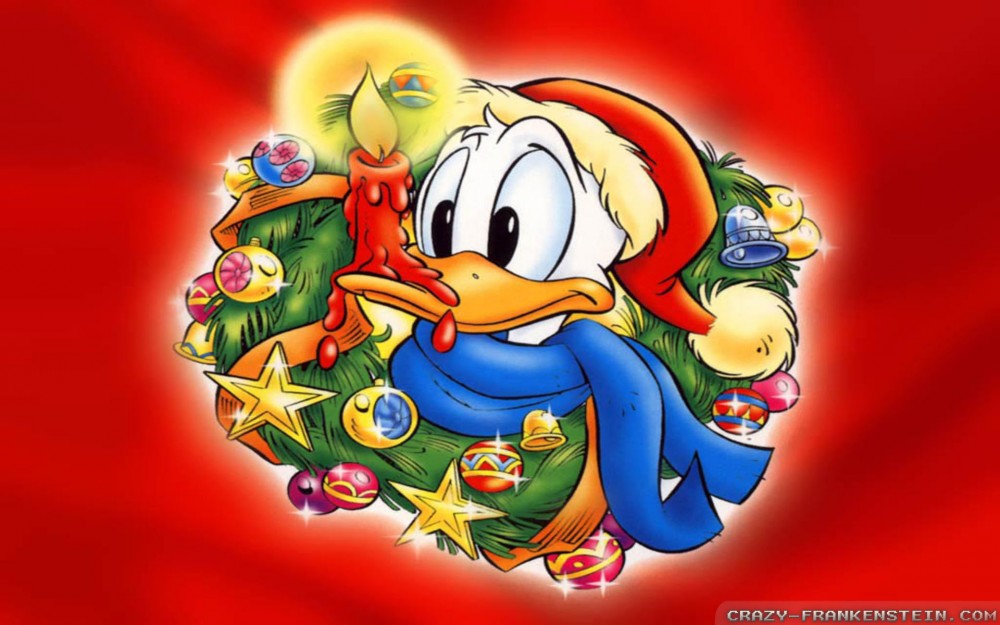
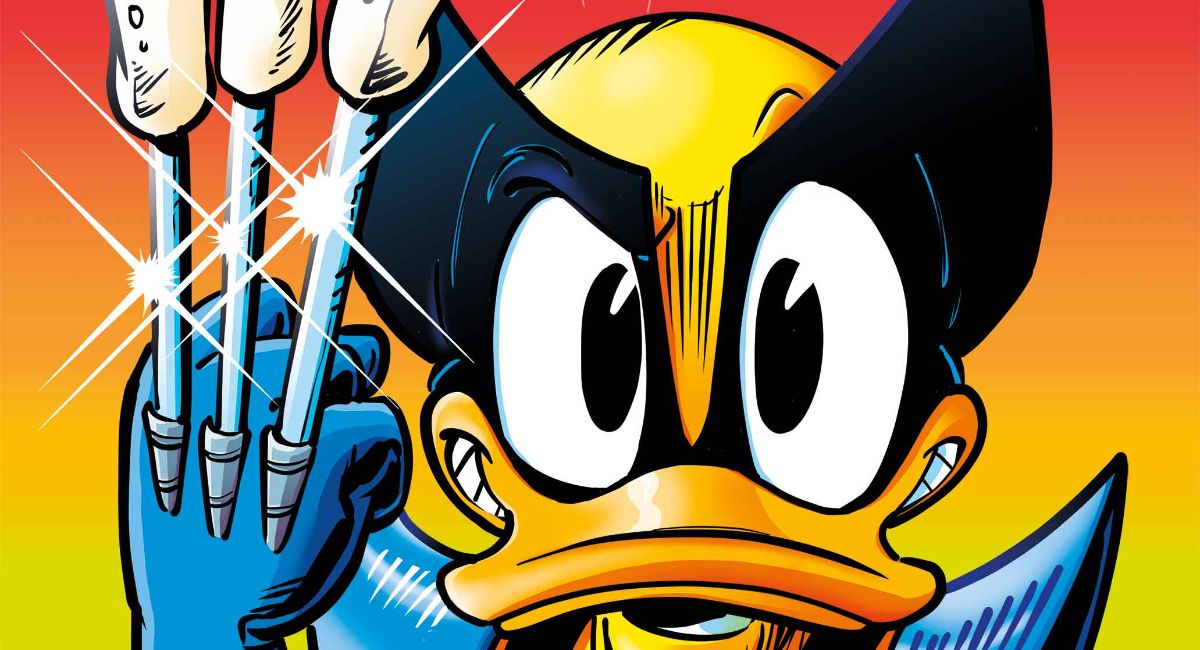

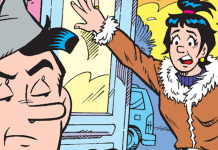


It’s not that quirky. UK also has an old Christmas Annuals comics tradition. In decline, true, but it does exist.
Great article! I love reading about how comics function in different cultures, and this history of Norwegian Christmas comics was fascinating.
All I read are Christmas Comics from the day after Thanksgiving until New Years Day. I wish the US had this tradition.
Do you know where i Can buy a norweigian comic book? I was in norway last year and i would loved to have brought one, i am particularly looking for a disney christmas comic book, can you point me in the right direction please?
Comments are closed.